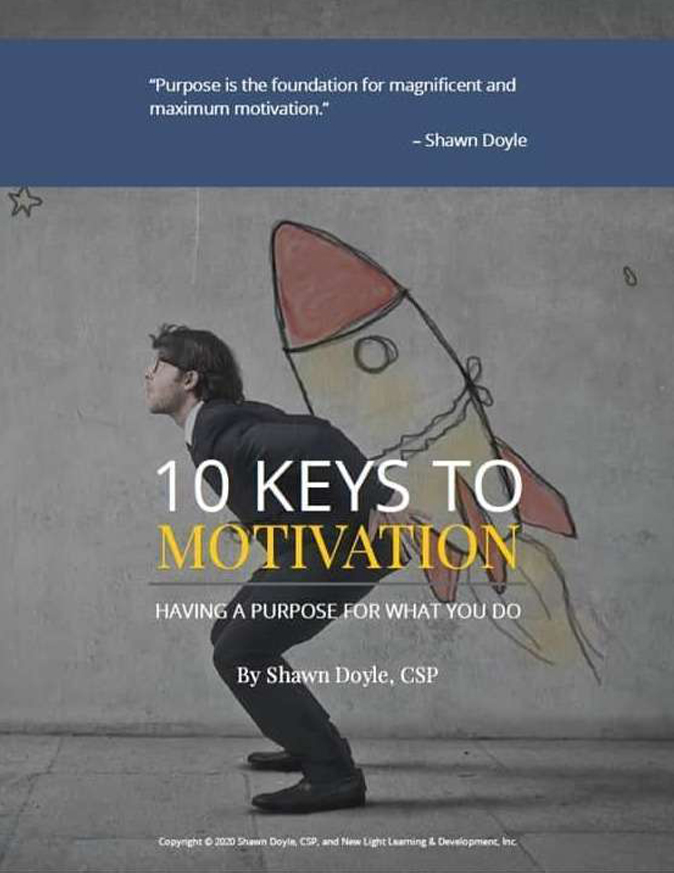Blog

The 3 Pillars of Great Presentations
As a professional speaker and trainer I am often asked “How do I give a great presentation?” After doing this for 30 plus years I have come to a conclusion it is about three pillars:
- Logistical
- Physical
- Psychological
Much of this was outlined in an interesting study of Ted Talks.
Logistical
Let start with logistics. The Cambridge dictionary defines logistics as “the careful organization of a complicated military, business, or other activity so that it happens in a successful and effective way.” In my opinion one of the biggest mistake people make is not thinking through logistics, when delivering a presentation.
Here are questions you need to consider:
- What is your objective? What is the objective of your presentation? What do you want the audience to do as a result? Do you want them to take an action? Make a decision? Change their approach?
- Who is the audience? Who is the group of people you will be talking to? Is it executives or front-line workers? You need to adapt your presentation to each audience.
- Where is the presentation? Is it in a conference room, a training room, or a large auditorium?
- How much time do you have allotted for your presentation?
Physical
There is the content of your actual presentation, then there is the delivery. As the old saying goes “it’s not what you say its how you say it.” This is even more true when giving presentations. We have all seen presentations that were dull dry and boring. Here are the four most important physical elements that can make a significant difference:
Eye contact. Whenever you give a presentation make eye contact with the audience. It makes you look confident and credible. In our culture, we don’t believe people who won’t make eye contact, they must not be telling us the truth. Making eye contact also lets you know how people are reacting to the message, with their body language and facial expressions. As C. Kent Wright once said, “To sway an audience, you must watch them as you speak.”
Move. The worst invention ever was the lectern. Move around so people can see you and you can see them. Don’t stand or hide behind a block of wood! It also makes it much more interesting to the audience.
Gestures. Gestures add meaning and interest to your topic. Just like when are talking to someone at work in their office, use natural gestures you would normally use. Far too many people when presenting shut down gestures by putting hands in their pockets or locking them behind their back.
Energy. To be a great presenter you must have energy! If you are low energy, you will be boring. If you are high energy, you will be compelling and fun to watch. As Andras Baneth once said “The energy level of the audience is the same as the speakers. For better…or for worse.”
Psychological
One big aspect of presentations is having the right mindset. Many people think about giving a presentation and get very nervous. They also say and think “I hate presenting” and “I get very nervous when I present.” I often say to people I coach on presentation skills “do you hear what you are saying to yourself?” The psychological part is critical because our brain and body believe what we tell it. As Brian Tracy said, “It is not failure itself that holds you back; it is the fear of failure that paralyzes you.” It is very important to change your thinking to positive thoughts like “I like public speaking” and “I am excited.” Here is the reality; most people watching you give a presentation want you to succeed.
If you practice these pillars, you will give great presentations.







